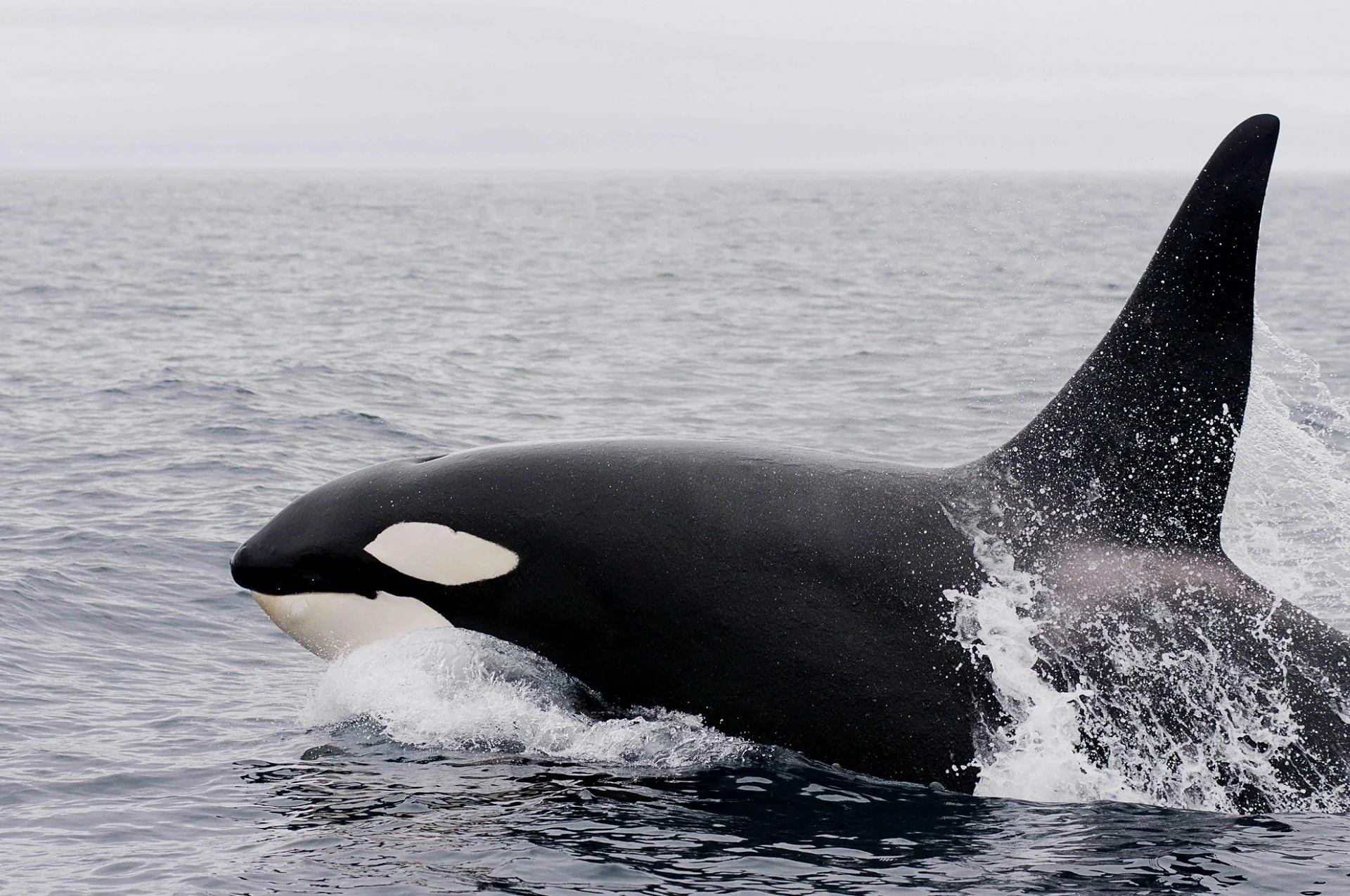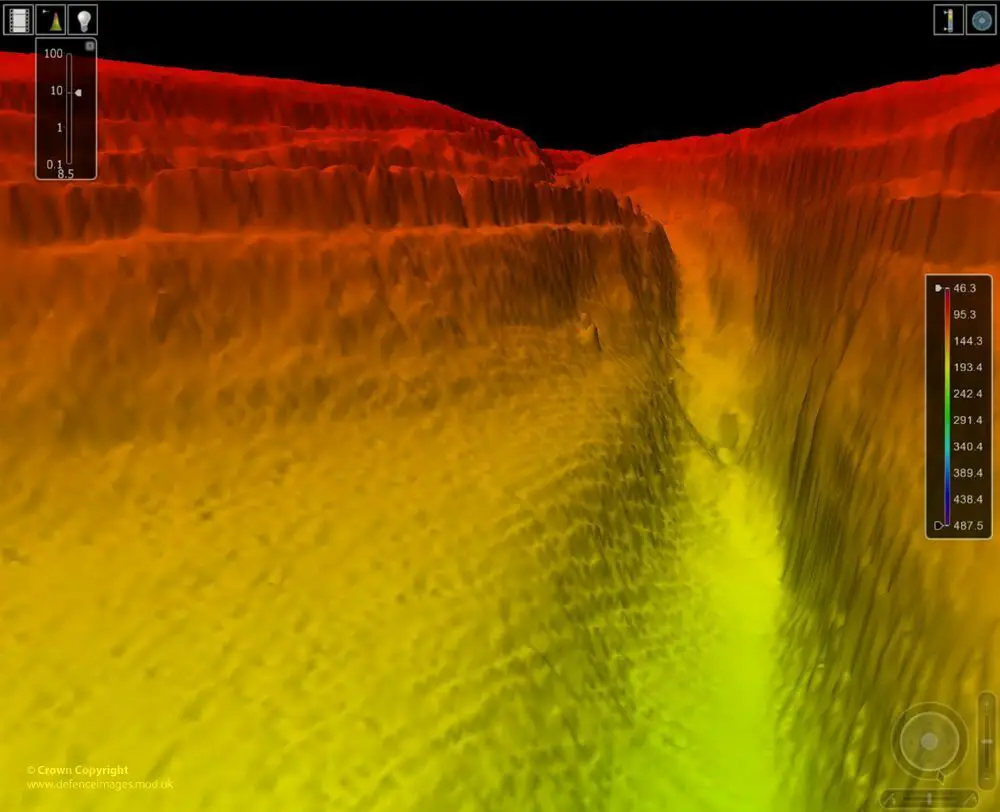Stone Age Hunting Pit Discovered in the Baltic
A stone wall over 11,000 years old and nearly 1km in length has been uncovered beneath the Baltic Sea, marking the oldest known man-made mega-structure in that area. Scientists believe they have figured out its purpose.
The discovery was made at a depth of 21 meters in the Mecklenburg Bight, approximately 10km away from the northern German town of Rerik. Geologists from Kiel University stumbled upon it while examining manganese formations on the ocean floor in the fall of 2021.
What they found on a submerged ridge was a remarkably uniform line of about 1,500 stones, extending for 970 meters. The arrangement was too orderly to have occurred naturally. The majority of these stones were about the size of tennis balls, with larger, football-sized rocks scattered throughout, creating a low barrier.
An interdisciplinary team of researchers has since determined that this structure, now referred to as the “Blinkerwall,” was likely constructed by Stone Age hunter-gatherers. It appears to have been used as a strategic tool to channel herds of reindeer towards a fatal trap.

The Leibniz Institute for Baltic Sea Research Warnemünde, along with the University of Rostock, collaborated with Kiel University and other institutions to conduct the investigation. The coordination of this research was managed by the Mecklenburg-Vorpommern State Agency for Culture and Monument Preservation (LAKD M-V).
Sea-level rise
Located near what used to be a lake or bog, the Blinkerwall was constructed well before the significant rise in sea levels that marked the end of the last Ice Age, about 8,500 years ago.
Divers from Rostock and Kiel universities conducted explorations of the Blinkerwall, creating a detailed 3D model from photographs, while sediment sample analyses helped pinpoint the possible construction period.
Marcel Bradtmöller of the University of Rostock noted, “During this era, the entire population of northern Europe probably did not exceed 5,000 individuals. Seasonally migrating reindeer herds, a primary food source, moved through the minimally vegetated post-glacial terrain.
The wall likely served to direct these reindeer towards a narrowing path between the lake shore and the wall itself, or possibly directly into the lake, facilitating their capture and killing by Stone Age hunters using their weapons.” The last of the reindeer herds vanished from the northern regions about 11,000 years ago, as the climate grew warmer and forests expanded.

Further investigation
Similar ancient hunting structures have been discovered globally, such as a 30-meter-deep stone wall and hunting blinds in Lake Huron designed for caribou hunting, mirroring the North American counterpart of reindeer. Like the structure in Mecklenburg Bight, this wall was situated along a ridge’s flank with a lakeshore nearby.
Other Stone Age sites in the Baltic region, found at shallower depths, typically belong to the Mesolithic and Neolithic eras (7,000 – 2,500 BC), whereas the Blinkerwall originates from the late glacial/early Holocene period.
Researchers now hypothesize the existence of additional similar hunting walls in Mecklenburg Bight and plan to employ techniques such as side-scan sonar, sediment echo-sounding, and multibeam echo-sounder devices for their discovery.
In the meantime, divers from the University of Rostock and archaeologists from LAKD M-V aim to further investigate the Blinkerwall, hoping to uncover more archaeological evidence and reconstruct the ancient landscape more comprehensively.
Luminescence dating will be used to ascertain the last time the stone surfaces were exposed to sunlight, aiding in determining a more accurate date of construction.
These findings have been documented in a new study led by Jacob Geersen of the Leibniz Institute for Baltic Sea Research Warnemünde, published in the Proceedings of the National Academy of Sciences.
Disclosure: This post may contain affiliate links, which means that DIVEMONDO may receive a small commission if you make a purchase using these links. As an Amazon Associate this website earn from qualifying purchases.













Leave a Reply